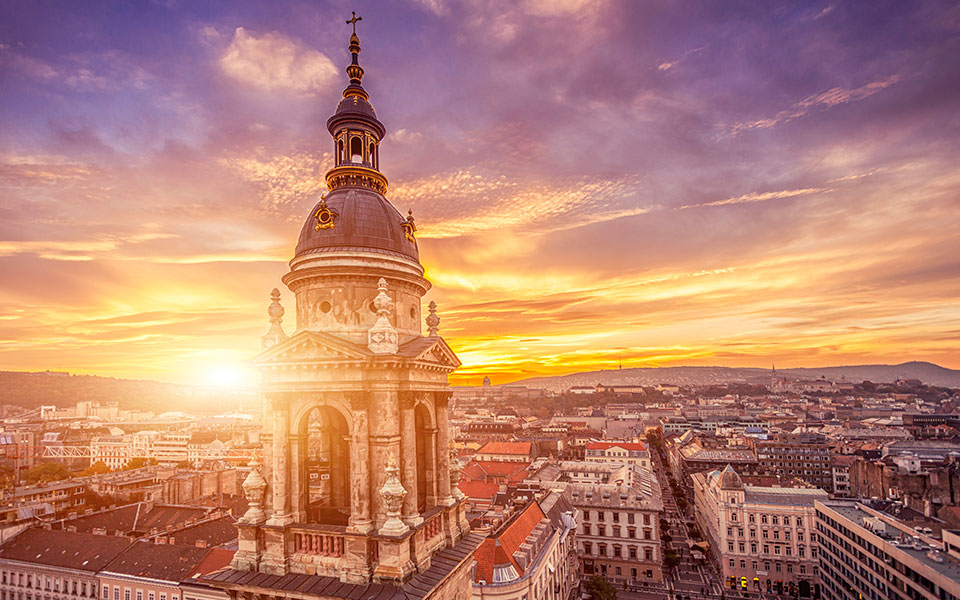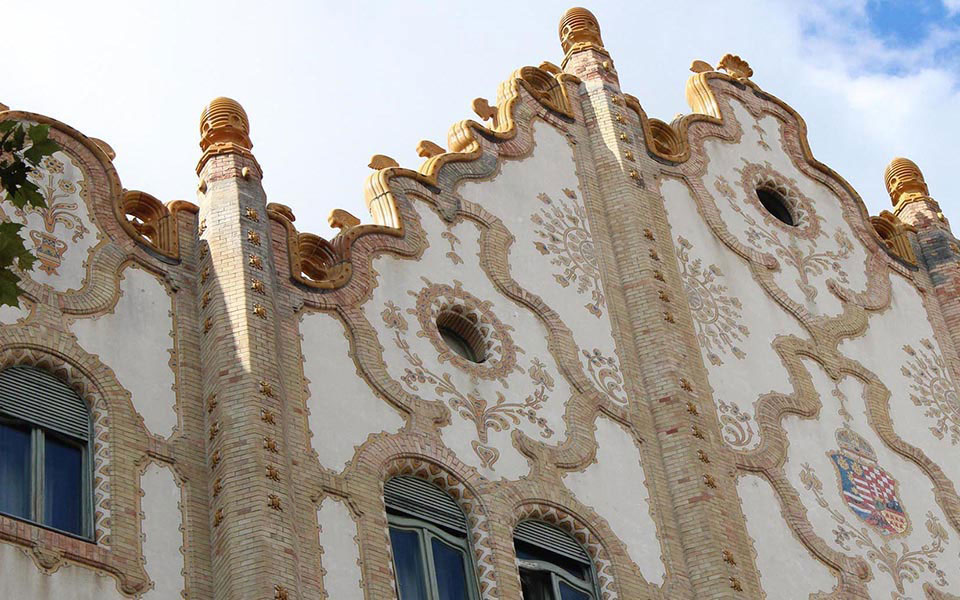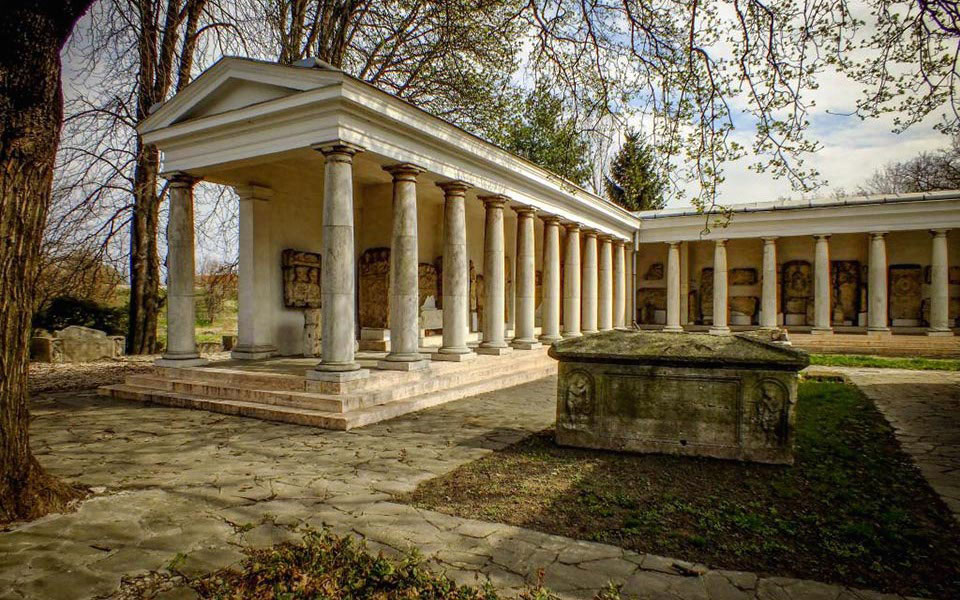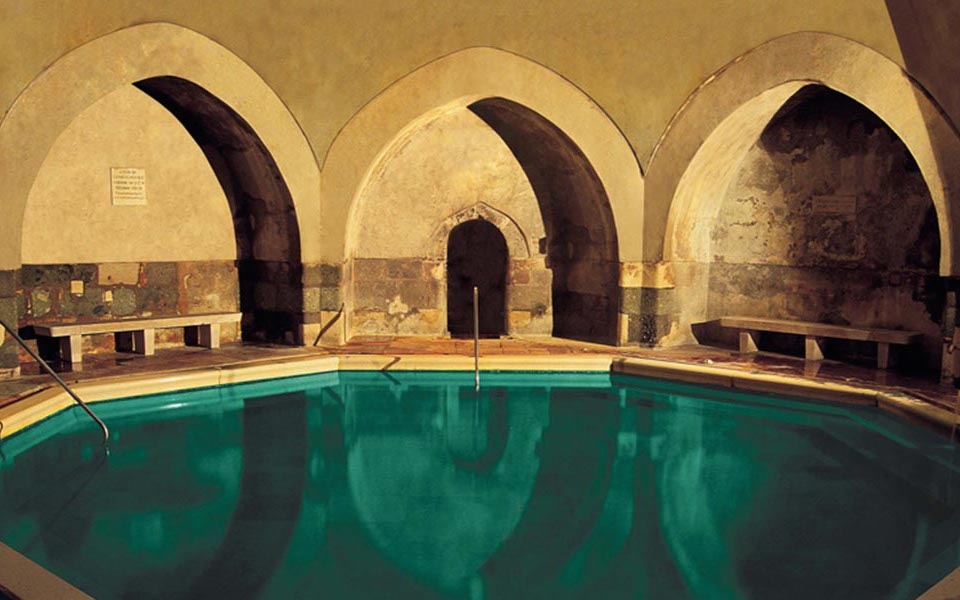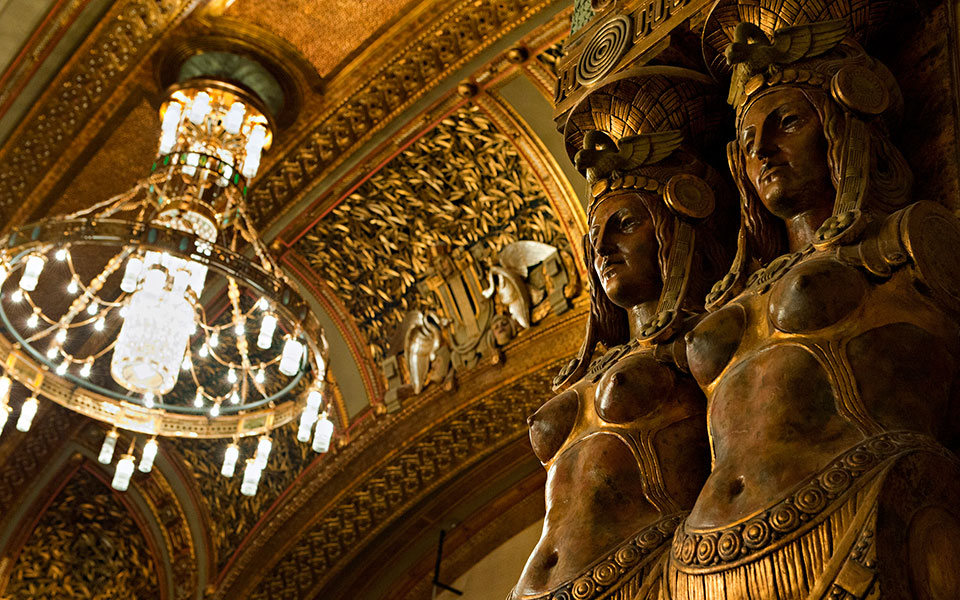The Soviet Army rolled into the city in 1944, and after a final two month siege, rid the city of the Germans. People were hopeful as, at first, the rollout of Communism was slow in the country and the Soviet powers even allowed a free election in 1945, but then failed to honor the results when the Communist Party didn’t win them. From here was a downhill spiral until 1949 when the country was renamed the People’s Republic of Hungary and Stalinist rule took hold.
House of Terror
As part of the Soviet Union, Hungary endured almost 50 years of economic stagnation, removal of personal freedoms, radical architecture projects, secret killings, unjust imprisonments and one attempted revolution in 1956 that was brutally put down. Today, despite some efforts at erasure, the footprint of Communist rule is still visible in the city and open to being explored by curious travelers.
If you want to learn more about Communism in Budapest and about the daily life in the Soviet Block, make sure you sign up for the Communist Budapest tour.
One of the first stops on most people’s itineraries is the House of Terror on Andrássy Avenue, recognizable thanks to its distinctive roof lining. Formerly the headquarters and prison of the communist secret police (ÁVH), today it’s a museum and poignant reminder to what went on there.
The above ground floors house exhibits about the Soviet and Nazi occupations, as well as the ÁVH and infamous Arrow Cross Party. There are also artifacts as well as audio and video footage from the time. Meanwhile, the basement holds the reconstructed prison, interrogation rooms and execution chamber and further exhibits to bring those to life.
 Photo: House of Terror
Photo: House of Terror
Renamed Street Names
One curiosity to keep your eye out for are the streets of Budapest that have been renamed since the end of the Soviet Union. Old street name signs crossed out with a red line, sit above the new street name signs below. Good examples are Lenin Avenue and November 7 Square which are now Teréz Avenue and Oktogon respectively.
 Teréz Krt (former Lenin Avenue) today and decades earlier. Photo: NL Café
Teréz Krt (former Lenin Avenue) today and decades earlier. Photo: NL Café
Eating and Drinking
It wasn’t all struggle mind you – Hungarians continued to place great importance on eating a drinking with friends during the era. Kádár on Klauzal Square is an authentic local eatery, and entering takes you back in time. Expect chequered tablecloths, old-fashioned soda water bottles, simple food and an easygoing atmosphere.
Bambi Eszpresszó, on the other hand, is where you go if you want to sip coffee as if you were back in the day, and people watch all afternoon. Don’t expect to get too comfy though, thanks to the red plastic covered seats reminiscent of the times.
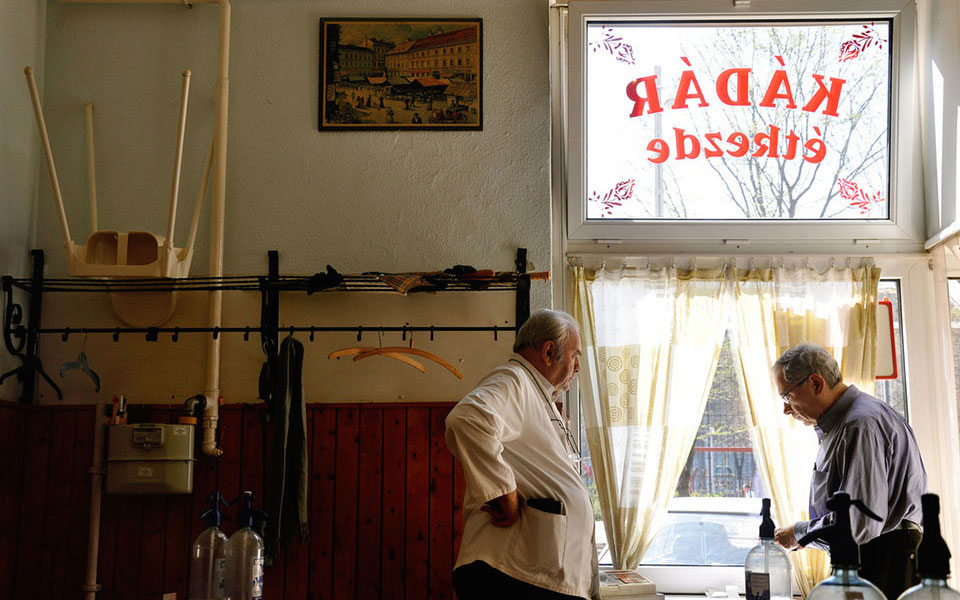 Photo: Flickr user Jasmine Cheng
Photo: Flickr user Jasmine Cheng
Memento Park and Communist Statues
Communists loved statues, erecting many all over the city. After the end of the regime, they were quickly pulled down and dragged out of the city, eventually ending up in what became the open-air museum Memento Park. The park contains statues of the icons of the era, including Lenin, Karl Marx, and Friedrich Engels. It also contains a replica of Stalin’s Boots which became a symbol of the Hungarian Revolution of 1956.
One statue that did survive in the city is the Liberty Statue atop Gellért Hill. Legend goes that it was so solidly built and attempts to uproot it failed. Today it’s one of the most iconic landmarks in Budapest, looking out over the city and illuminated at night.
Download our Free Budapest Guides to learn how you can make the most of your trip.
At the time of construction, it was engraved with a message that read “”To the memory of the liberating Soviet heroes erected by the grateful Hungarian people in 1945″, however it was eventually modified to read, “To the memory of those all who sacrificed their lives for the independence, freedom, and prosperity of Hungary”.
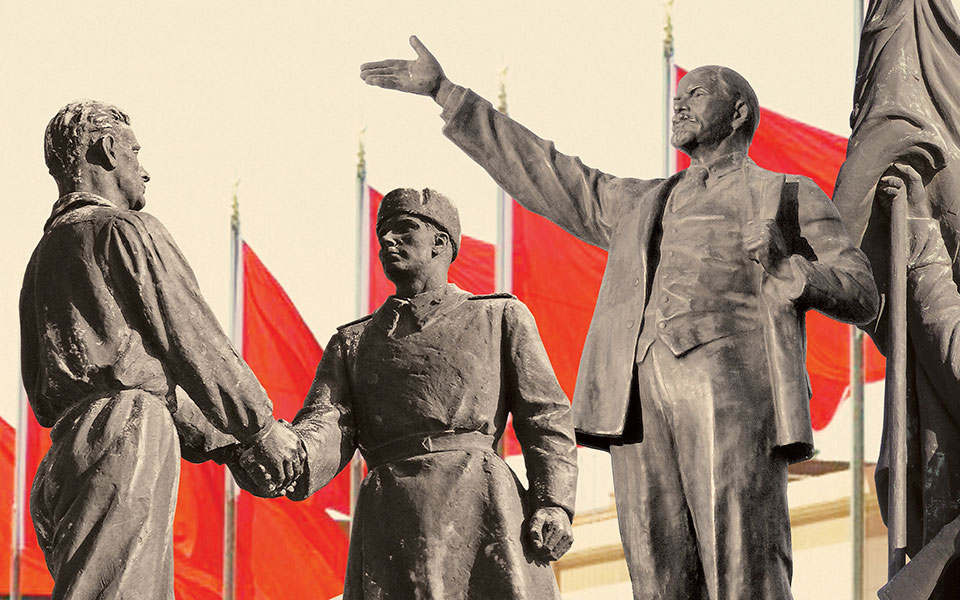 Photo: Memento Park
Photo: Memento Park
Hospital In The Rock
Another quirky museum you won’t find elsewhere, Hospital In The Rock is a museum with a reconstructed version of the hospital that originally lived in the caves under Buda Castle.
It was built as WWII got under way – as an emergency shelter and hospital – and lived on through the years of Communism in case of nuclear war. Today you can explore some of the caves and pick up some interesting souvenirs.
 Photo: Hospital in the Rock
Photo: Hospital in the Rock
Antique Shopping
Picking up a Communist-themed souvenir is still possible in Budapest. From small trinkets, like star pin badges given to workers, old passports, and party books, to more outlandish things like busts of Marx and Lenin, you’re sure to find something unique if you just rummage a little. There is also an abundance of old coins and money bills, Soviet propaganda posters, and military items.
If you decide on a little shopping trip, Nostalgia Antiques Bazaar on Dohány Street or Antik-Bazár behind Blaha Lujza Square are must-sees.
 Photo: Nostalgia Antiques Bazaar
Photo: Nostalgia Antiques Bazaar
If you want to learn more about Budapest’s history, make sure you read our articles about the Roman times, the Ottoman era, and about Communist Budapest.
Related Experiences
Communist Budapest
3 hours 65 USD
Travel back in time to 20th-century communist Hungary and enjoy a fascinating glimpse into what life was like in Budapest.
LEARN MORE
Budapest Grand Walk
4h 69 USD
Explore the most beautiful neighborhoods of Pest on this 4-hour walk and learn about the city’s rich history and culture.
LEARN MORE
Budapest’s Art Nouveau
3 hours 65 USD
Explore Budapest’s stunning Art Nouveau architecture and learn about its culture and history during the turn of the century.



